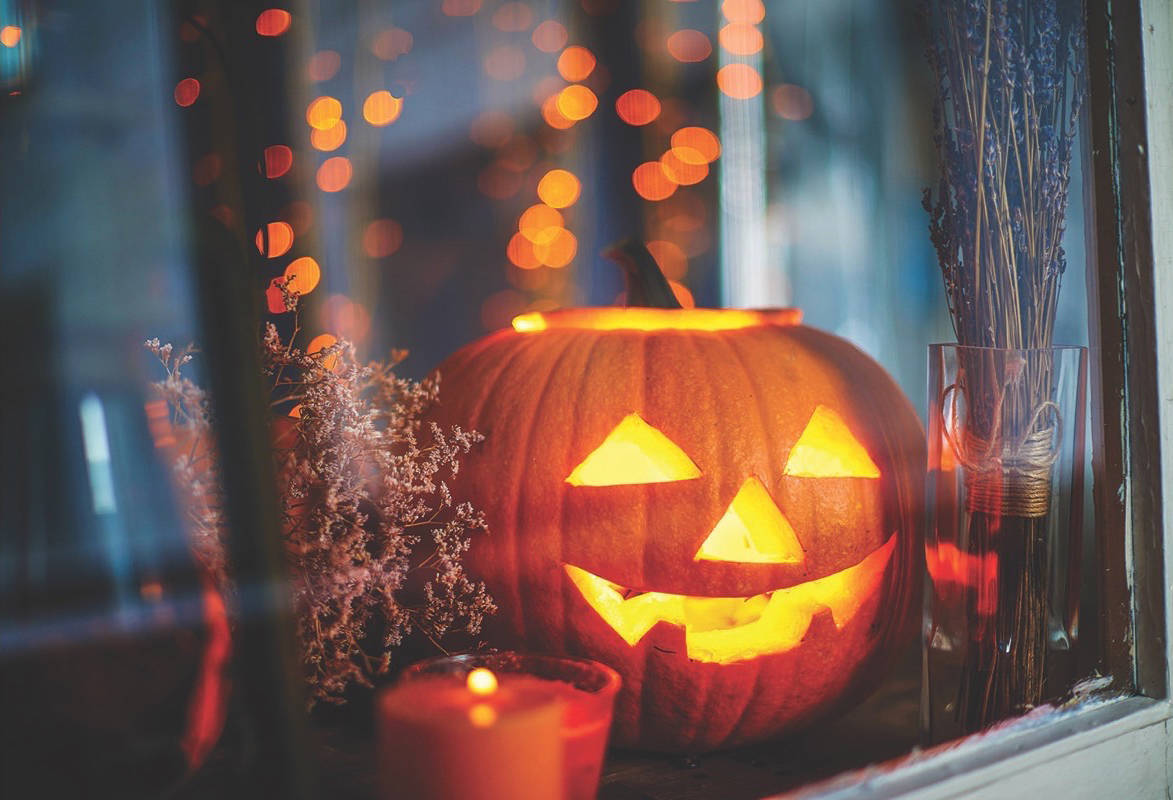On Tuesday evening, little ghosts and goblins will be crisscrossing Red Deer streets in the search for plenty of treats.
For many of us, we have fond memories of choosing our costumes, carefully staking out the houses that give out the best candy, and running from house to house in hopes of an overflowing candy bag at the end of the night.
There are now lots of choices for children and their families – several community events are planned as well as alternatives to usually braving the weather and hitting the streets. Either way, celebrating the ‘spooktacular’ occasion is as popular as it ever was. Halloween dates way back but the meaning has changed over the years.
According to Wikipedia, Halloween or Hallowe’en (a contraction of its original title All Hallows’ Evening) also known as All Hallows’ Eve is a yearly holiday observed around the world on Oct. 31st, the eve of the western Christian feast of All Hallows. According to some scholars, All Hallows’ Eve was originally influenced by western European harvest festivals and festivals of the dead with possible pagan roots, particularly the Celtic ‘Samhain’. Others maintain that it originated independently from ‘Samhain’ and has Christian roots.
The word Halloween was first used in the 16th century and represents a Scottish variant of the fuller All-Hallows-Even (‘evening’), that is, the night before All Hallows’ Day.
Today, trick or treating is a customary celebration for children on Halloween.
Children go in costume from house to house asking for treats such as candy with the question, “Trick or Treat?” The word trick refers to a (mostly idle) ‘threat’ to perform mischief on the homeowners or their property if no treat is given.
In this custom, the child performs some sort of trick. For example, sings a song or tells a ghost story or joke to earn their treats. Other typical activities include carving pumpkins, attending costume parties, apple bobbing, visiting haunted attractions, playing pranks, telling scary stories and watching horror films.
The traditions and importance of the Halloween celebration vary significantly among countries that observe it. In Scotland and Ireland, traditional Halloween customs include children dressing up in costume, going ‘guising’, holding parties while other practices in Ireland include lighting bonfires and having firework displays.
Mass trans-Atlantic immigration in the 19th century popularized Halloween in North America and celebrations in the United States and Canada have had significant impact on how the event is observed in other nations. This larger North American influence, particularly in iconic and commercial elements, has extended to places such as South America, Australia, New Zealand, continental Europe, Japan and other parts of east Asia.
In addition, with the daylight getting shorter, it’s also important to be mindful of safety when it comes to trick or treating. The Alberta Motor Association recently released some tips which include planning for a light-coloured costume or adding bright reflective strips to be more visible to drivers.
Glow sticks can brighten up a dark costume. Heavy masks can also affect a child’s vision – opt for face paint instead of masks and make sure peripheral vision is clear.
Always lift up your mask to cross the street. If your little ghouls are flying solo this year, walk through the route with them early in the week and have set times for them to check-in.
Front yard frights are part of the fun, but make sure your walkway and yard are clear of tripping hazards like tools, cords and debris, and have a safe, quiet (indoor) place for your pets.
Strangers and costumes may put them on edge.
Meanwhile, whatever the tradition, you can be sure that this Tuesday, there will be a parade of children on the streets in search of one thing only – candy.



